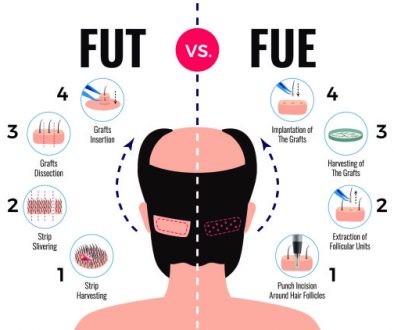The Top 3 Hair Transplant Considerations
Non-surgical hair loss treatment solutions such as Propecia and Rogaine typically work well for those with a mild case of thinning hair. But men and women with greater degrees of balding commonly find themselves disappointed in their effectiveness.
Only hair transplant surgery has been successful in restoring hair in completely bald areas. Done right, hair transplants are natural and can’t be detected even by your own hair stylist.
But the decision to proceed with hair replacement surgery should not be taken lightly. It is important to spend time researching and consulting with qualified hair transplant surgeons who can best help you meet your hair restoration goals.
Below you will find 3 important hair transplant considerations for evaluation before jumping into the surgical chair.
- Is Hair Replacement Surgery for Me? Not everyone with hair loss is a candidate for hair surgery. Read this article to help you determine if is right for you.
- Considerations and Developing Realistic Hair Restoration Goals: Planning for the long term is important in order to get the most out of your hair transplant. Read this article to learn what to consider that will help make your hair regrowth goals a long term reality.
- Selecting a Quality Hair Transplant Surgeon: Though the hair transplant industry has evolved significantly over the years thanks to our patient based hair loss forum community, not all surgeons utilize up to date techniques. Selecting a quality surgeon therefore becomes the most difficult task of all. Learn what to look for and how we prescreen hair restoration physicians to help you achieve the best and most natural looking hair transplant possible.
Bill
Associate Publisher
Technorati Tags: hair loss treatment, thinning hair, balding, bald, hair transplants, hair replacement, hair restoration, hair transplant, hair loss, hair regrowth




September 27, 2008 @ 2:32 pm
Hair transplantation does not produce new hair, the procedure basically is the relocation of hair from the back of the scalp to the frontal area of the head.A widened central part is seen in these patients due to increased spacing between hairs in the “top-scalp” area.
———————
gillberk